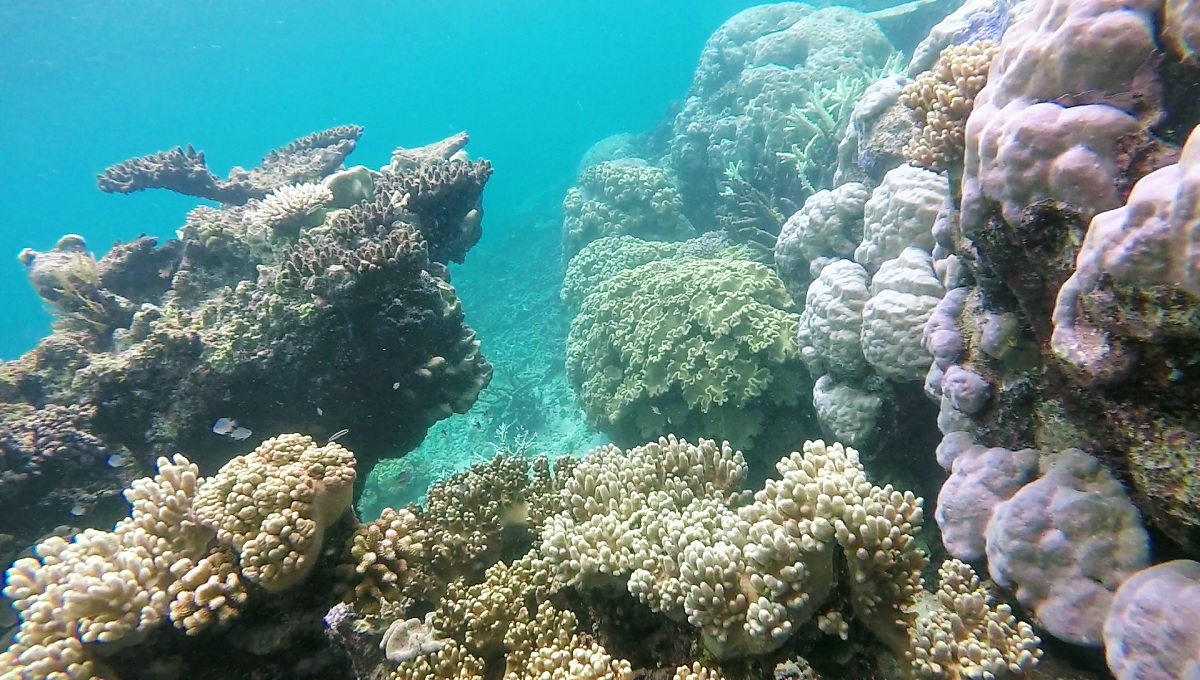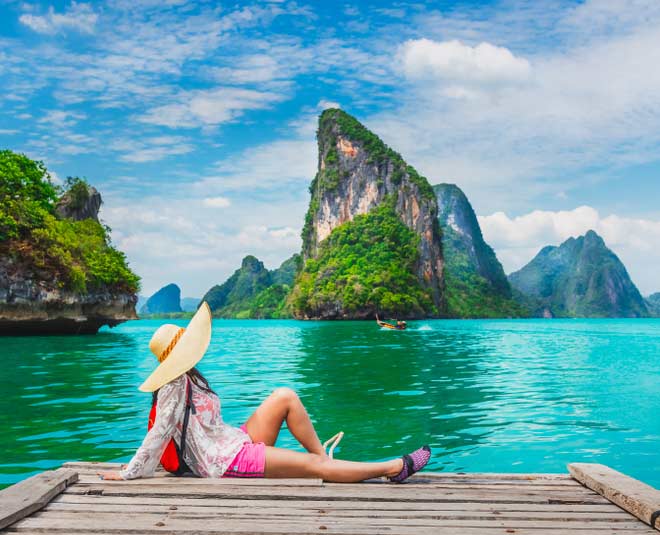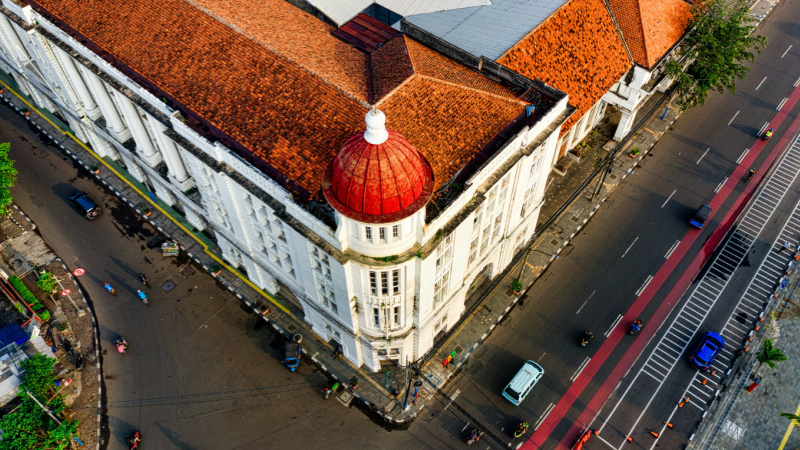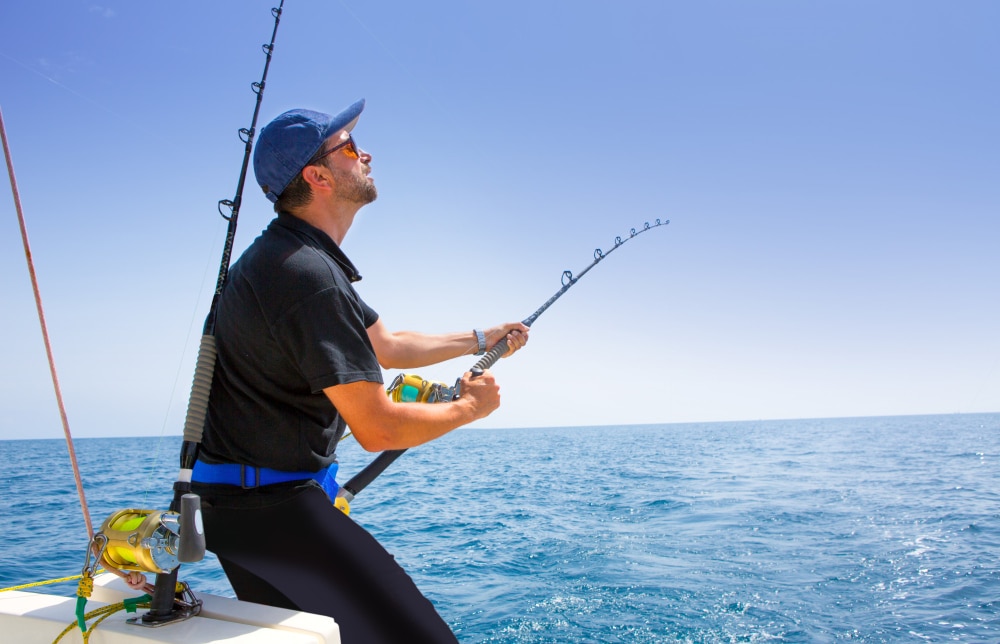3 Things to Know before You Visit the Great Barrier Reef

The Great Barrier Reef has become a must-visit location for so many people across the globe. Its natural beauty and stunning marine life draw in millions of visitors each year. If you’re planning on a trip to the reef, you need to do some research before you book anything. Luckily I’ve compiled a list of things you need to know before you visit.
- It’s Big
The Great Barrier Reef is over 2,300 kilometres long! It’s bigger than a lot of countries (including the United Kingdom), which makes it very accessible from a number of different locations along the East Coast of Australia. It’s worth planning your trip around where you want to visit the reef.
Several locations are popular choices for visiting the reef. Stretching from Airlie Beach at the southern end to Cairns up north. Visiting the reef while sailing Whitsundays is a popular choice for those that want more from their visit. Who doesn’t want to sail around tropical islands while snorkeling in The Great Barrier Reef?
- Consider the Time of Year
Whenever we think of tropical beaches and coral reefs, we think of summer. Summer in the tropics of Australia we see temperatures above 30 degrees Celsius regularly, so if you’re visiting from a colder climate, you might not be used to temperatures so high. While winter may not seem like a good time to go to the beach, temperatures will likely be around the mid to high 20 degrees along the East Coast of Australia, so you won’t miss the hot sunny days.
Additionally, summer is stinger season along the coast. So, you’ll be forced to wear stinger suits or to swim within enclosures to save you from getting stung. So not only will you escape the extreme temperatures in summer, but you’ll be also able to avoid a painful jellyfish sting.
- It’s Alive!
Yes, you read that correctly. The Great Barrier Reef, like any coral reef, is alive. Corals are living organisms. They are formed by compact communities of polyps; these polyps create a hard rock-like structure from calcium for an outer skeleton that they use to protect themselves. The polyps consume algae, which consequently gives the coral the bright colours we are used to seeing. They thrive in the shallow warm waters as the algae absorbs sunlight that feeds them.
In fact, The Great Barrier Reef is the only living thing that can be seen from space. Can you image a living structure that’s bigger than the UK or your own country?!





